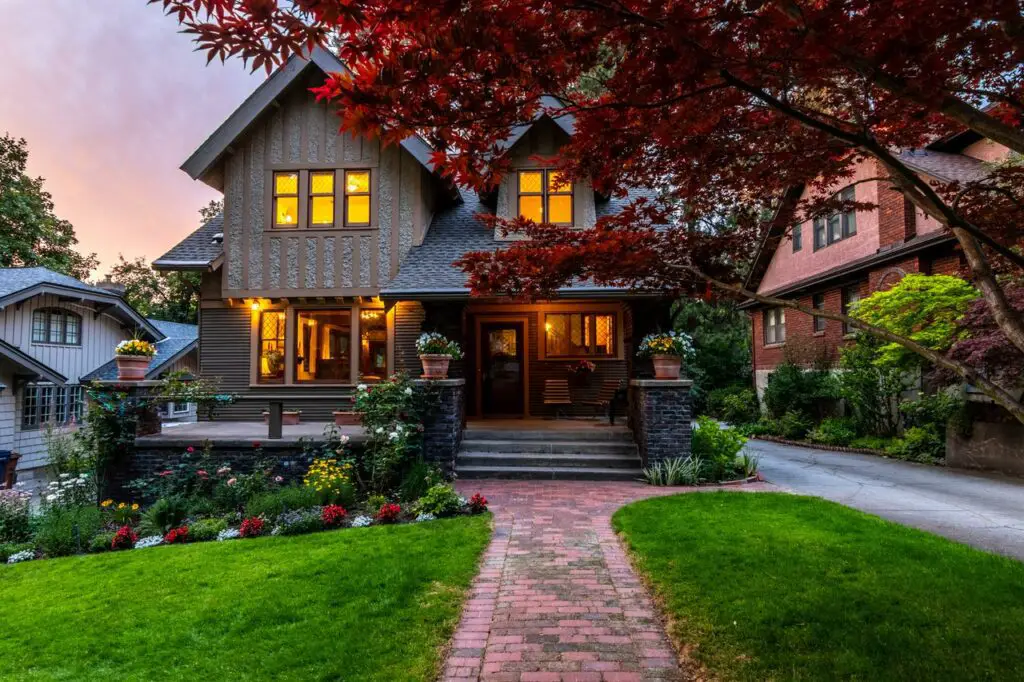Slopes are often not given much thought during landscaping because they are more challenging to deal with than the rest of the yard. However, this is a mistake because these uneven areas can create a beautiful landscape with some effort and creativity.
A combination of plants on a sloping area is a great way to add beauty and character to your home. However, the slope can be a hassle for plant selection. If you choose plants wisely, you will gain the advantage of a beautifully planted slope that is protected from erosion. Plus, you won’t need to worry about mowing the slope.
In this article, we will discuss what to plant in a sloped yard.
Table of Contents
How to Select Plants That Thrive on Banks and Slopes

Many factors should be taken into account when selecting plants for sloped sites in the landscape.
First, you need to think about how much sunlight exposure there is at different times of day and year.
While light from the sun is a critical component in the growth of plants (since without it, plants cannot produce their food), it is not the only factor to take into account when choosing plants for sloped yards.
You also need to consider the slope of your yard and what type of soil it has. If your property has a steep slope and rocky soil, you might want to choose plants that can grow with less water and in poorer quality soil.
Consider the type of soil found on the slope and how much water it can hold. Soil is important for plants because it holds the water and nutrients that plants need; thus, it influences the plants’ growth. The type of soil found on the slope will affect how much water it can hold, and Denser soil will hold more water than soil with sand or gravel.
Furthermore, you need to consider the steepness of the slope. If the soil slopes steeply and water infiltration is slow, water runoff will be more rapid.
Additionally, your choice of plant species should be aesthetically pleasing to you, at the same time, serve a purpose.
For instance, stunning groundcover plants conceal unpleasant spots while being low-maintenance.
Trees bring life to the landscape and protection from the sun to avoid excessive soil drying. Meanwhile, shrubs, trees, ground covers, and grasses with deep roots aid with soil stabilization.
Lastly, when you’re planting a sloped yard, think about how you will arrange your plants. You don’t want them all tumbling down the hill, so you’ll need to think about how they’ll be anchored. You also want to consider what plants will do well in those conditions—something that can tolerate a bit of extra sun or shade, depending on the angle of the slope.
With a little planning, you can build a visually appealing and unique sloped terrain that will make your yard the envy of the neighborhood.
Plants Suitable for Slopes and Banks
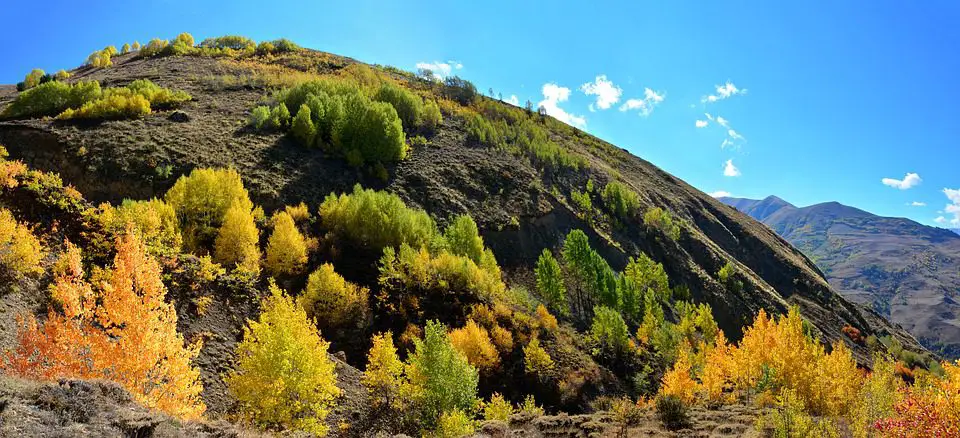
The most suitable plants for slopes are those with drought tolerance and those that require just minimal attention. But even if you have plants that seem tough, they may still need to be watered while they are getting established because the soil can be very dry on a slope or bank due to its extreme drainage.
Some plants, such as sedge and thyme, need almost no maintenance—perfect for slopes. Other plants might need more care but will still be worth it because they are so beautiful or interesting to look at.
For easier reading, here’s a list of a few plants that thrive on slopes:
Snowberry (Symphoricarpos albus)
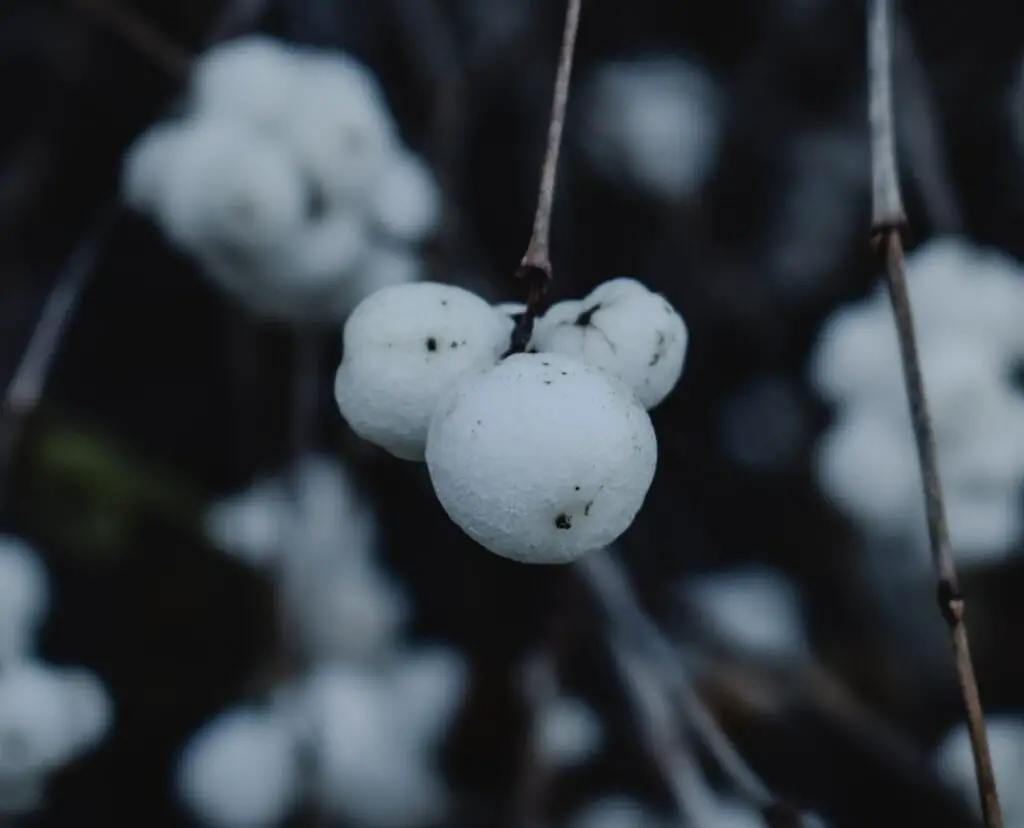
The snowberry is perfect for sloping yards because it requires very little maintenance and looks fantastic. This plant thrives in full sun to moderate shade on dry or damp, warm slopes. You can also find it along the river and in forests.
Rose (Rosa)
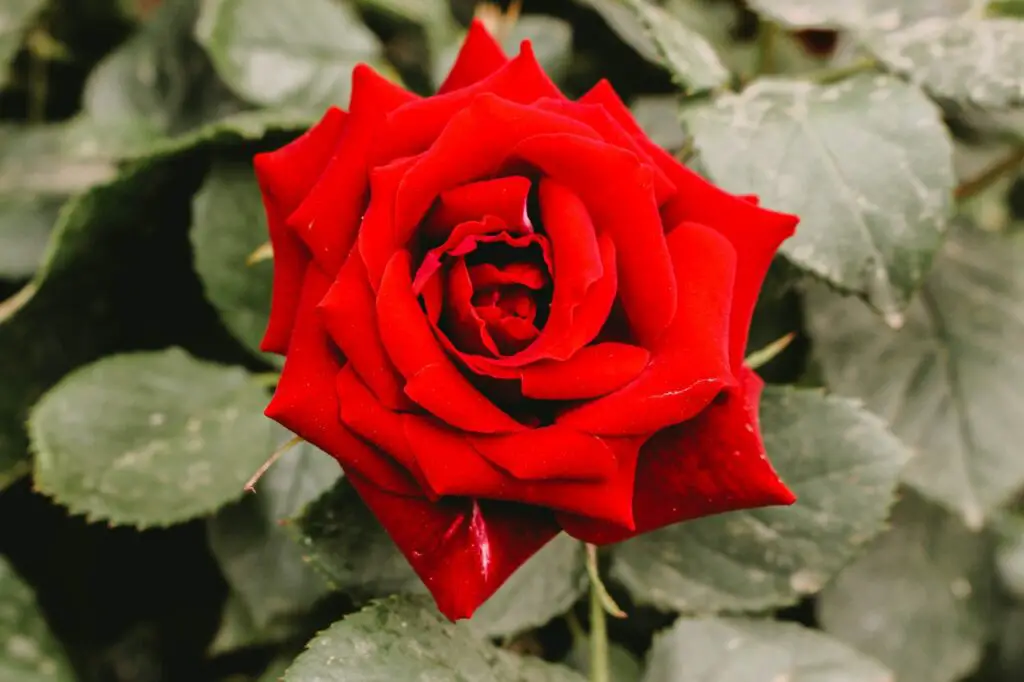
If you have a sloping yard and want it to scream romance, the best thing to do is plant roses. Ensure they have sufficient room to grow (about three feet apart) if you want to plant multiple roses.
Roses thrive in sunny spots that are protected from severe winds. Plant them apart from trees. A fertile loam soil with good drainage is ideal for roses if you want to grow them in a sloping area.
California Lilac (Ceanothus)
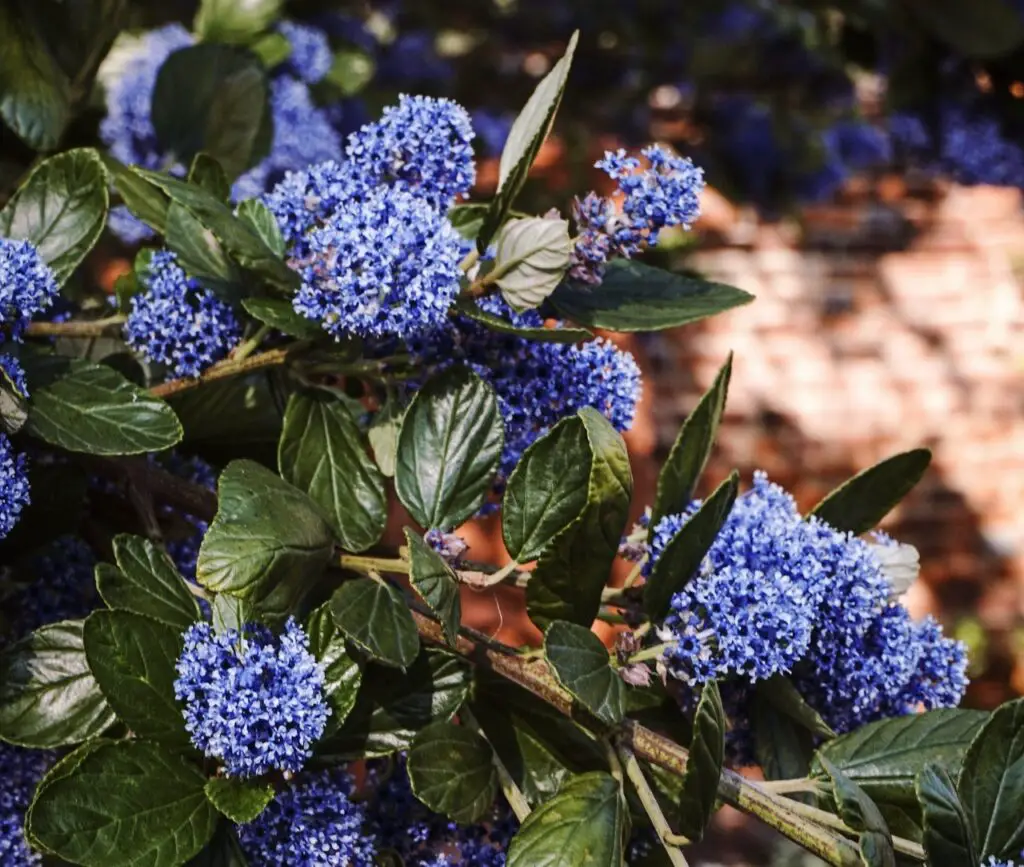
Many homeowners are planting California Lilac in their sloped yards. It is a shrub that grows well in the sun and can be trained up a wall or into a tree form. Its foliage is dense and glossy, giving it the appearance of being a thicket of green leaves. But the star of the show is its pretty clusters of blue flowers.
You can even use Ceanothus in your flower bed or an evergreen hedge. Indeed, it is a versatile ornamental plant for the yard, sloped or not.
False Indigo (Baptisia australis)
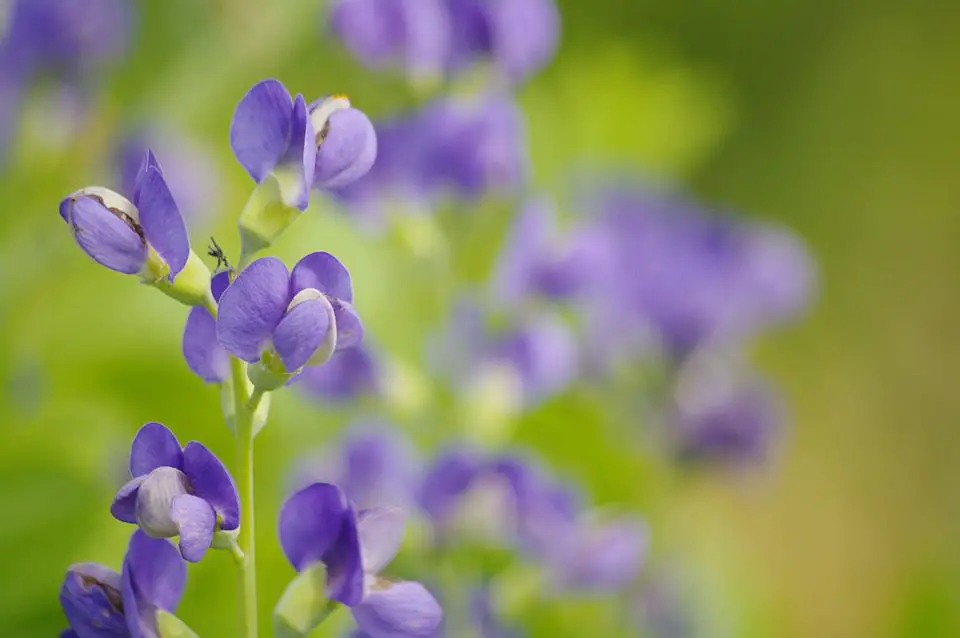
Another decorative plant that can thrive on slopes is false indigo. This small, colorful ground cover has a carpet-like habit and will quickly fill in patches of bare ground with gorgeous pea-shaped, indigo-blue flower spikes among pale green foliage. And as a member of the legume family, it also helps improve soil quality by fixing nitrogen from the air into its deep taproot.
The false indigo plant can often be used to edge along sidewalks or other garden paths to keep grasses or weeds from creeping in.
Burning Bush (Euonymus alatus)
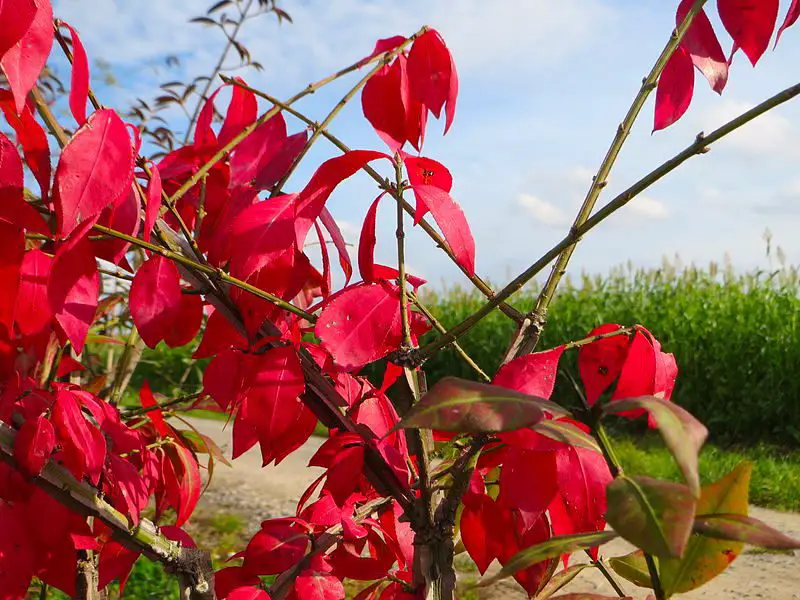
Burning Bushes are perfect for sloped yards, and they can handle challenging conditions such as dry soil, hot sun, and poor light. The most outstanding thing about the Burning Bush is its strikingly bright, “burning” red fall color. Its foliage remains stunning for the rest of the year, having a lush green pigmentation.
They grow surprisingly well in the shade too! And their water and fertilizer needs are minimal.
Cotoneaster
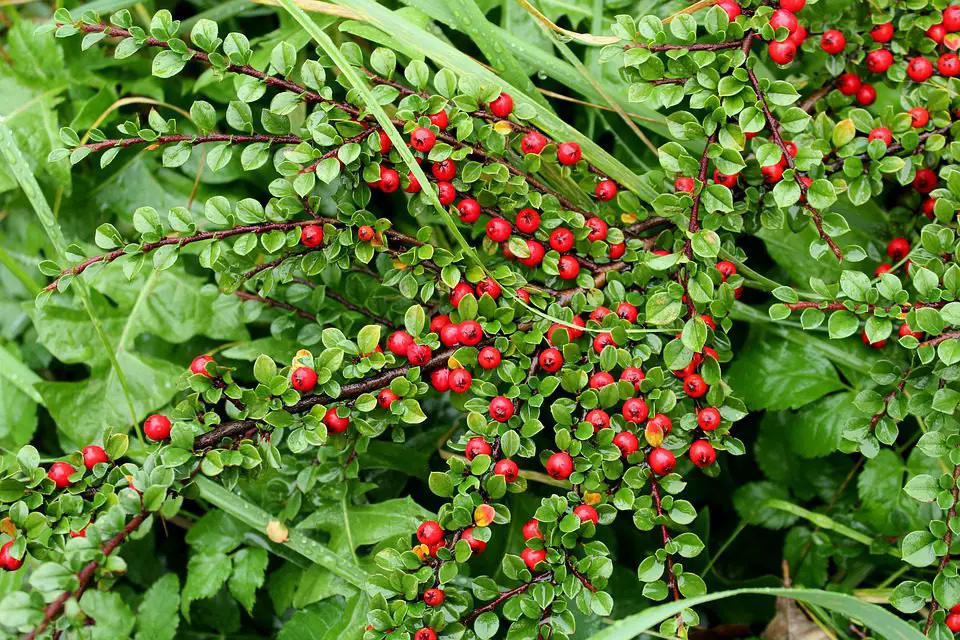
Cotoneaster is a shade-loving shrub that can do well on a sloped yard. It’s also suitable for hot, dry slopes taken over by other plants or broken up by erosion.
Cotoneasters bloom in the spring with little white or pink flowers. They also have red or black fruits that look like berries.
Honeysuckle (Lonicera)
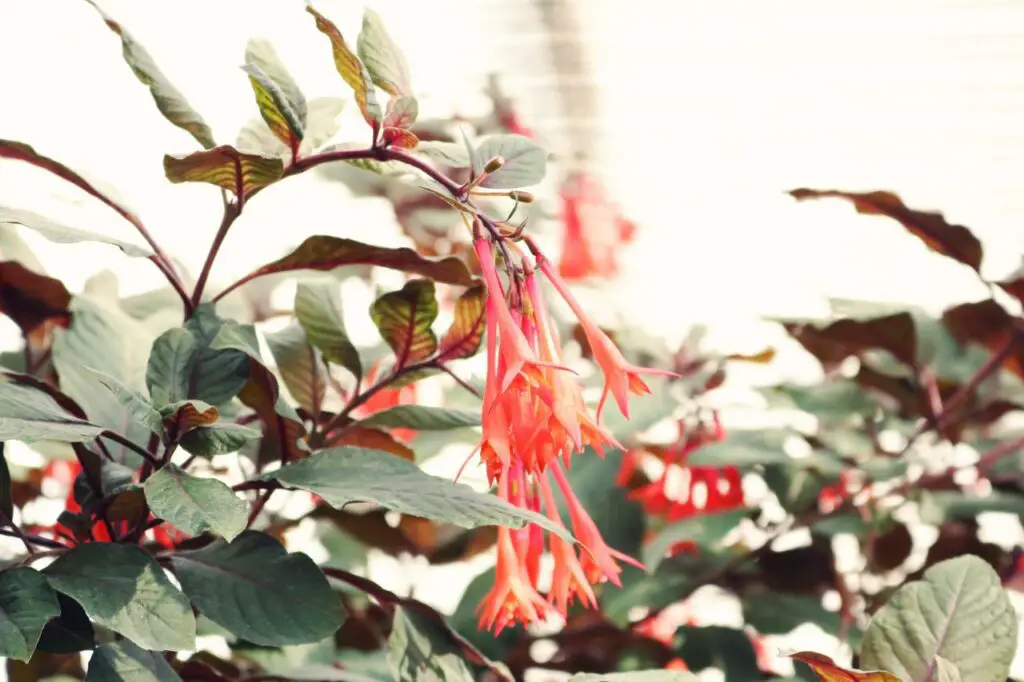
Why is honeysuckle excellent for sloped yards? Many people are drawn to plants with vibrant colors and gorgeous, honey-smelling blossoms. When you’re looking for that type of plant that can thrive in an area with slopes, honeysuckle will be a wise pick.
Honeysuckle plants can prevent erosion on sloping land. These plants grow well in sunny spots and are highly adaptable, making them perfect for slopes, hillsides, walls, or any other space in your garden that receives at least six hours of sunlight per day.
Deutzia
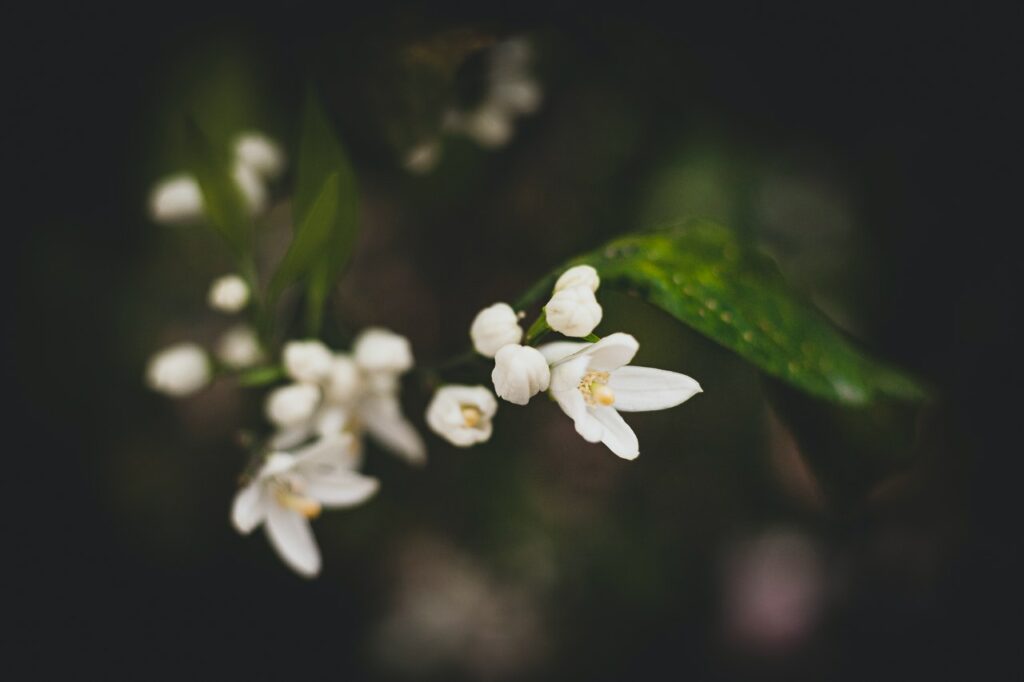
Deutzia belongs to the hydrangea family, and it is perfect for sloped yards. In the late fall, your yard will be covered with long-lasting clusters of white Deutzia flowers. The blooms attract butterflies and hummingbirds to the yard, where they can feed on nectar while they rest their wings.
The species even make excellent cut flowers because of their high tolerance for heat and humidity. They have a delicate fragrance and will last up to seven days in a vase.
Groundcover Plants for Sloping Zones—Sunny and Shady Areas
Groundcovers suitable for slopes and hillsides in sunny spots are:
English Ivy (Hedera helix)
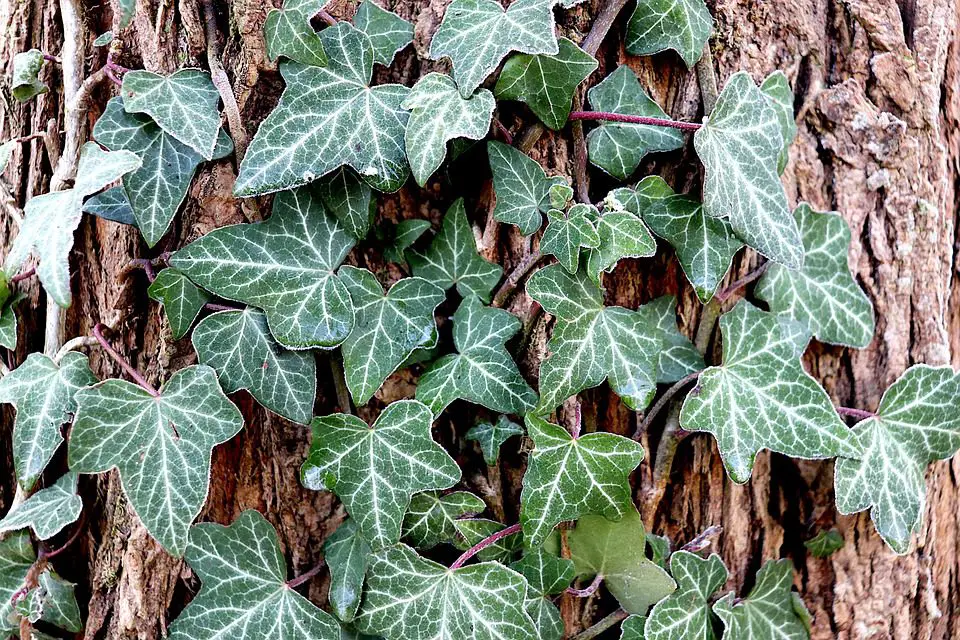
English Ivy will form a beautiful, low-growing carpet on sloped areas in the yard. The Ivy’s leaves are designed for maximum surface coverage, and its roots work best in dry soil to prevent erosion on slopes.
This evergreen wants nothing more than moist soil and partial shade. English Ivy has a medium poison severity to humans. It does have a fragrance that can be irritating or unpleasant to some people.
Rockrose (Cistus)
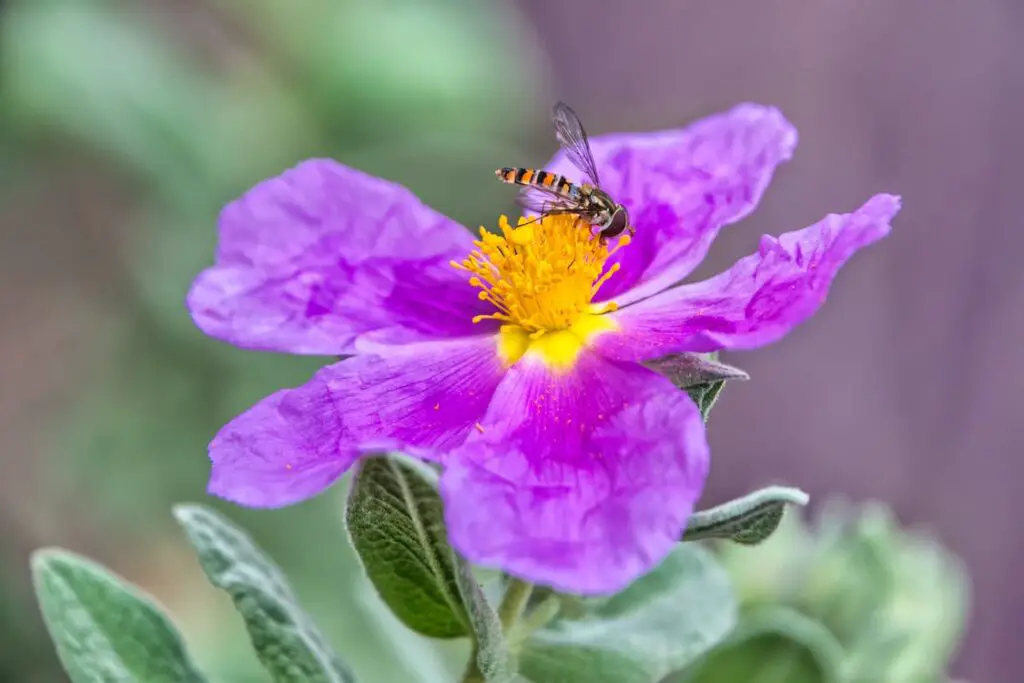
Rockrose is another answer if you’re searching for beautiful plants for sloped yards. This Mediterranean native plant provides excellent contrast on slopes and does not require much care since it is drought tolerant.
Rockrose is an excellent plant for sloped yards because of its extensive, scented flowers that exhibit abundant blooming in the spring and summer.
Creeping Juniper (Juniperus horizontalis)
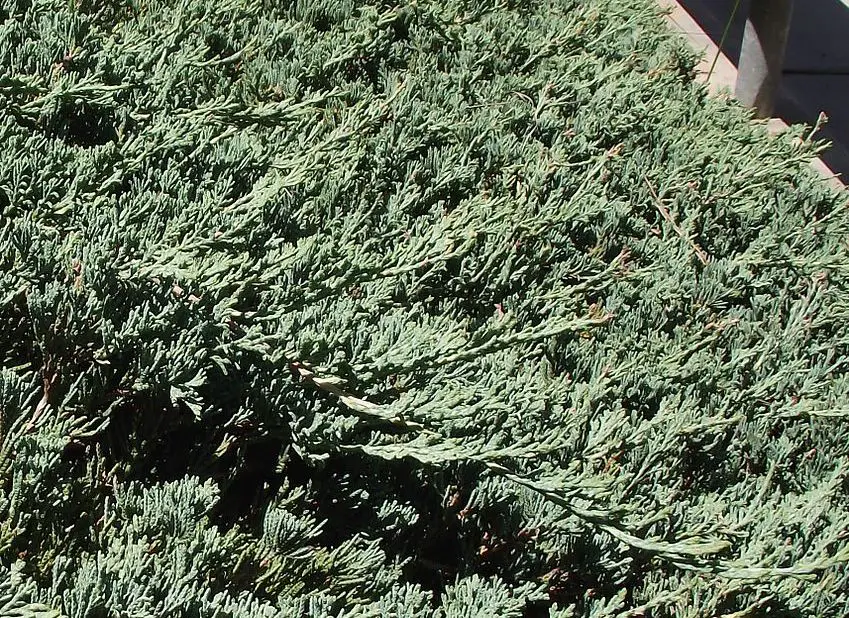
Creeping Juniper is a tough, weed-suppressing plant that will thrive in a sloped environment, making it perfect for sloped yards! It does best in well-drained soil (to be fair, it is not very picky when it comes to soil) and tolerates drought conditions. Creeping junipers also need very little maintenance (no pruning!) and proliferate on their own.
Prostrate Rosemary (Rosmarinus officinalis ‘Prostratus’)
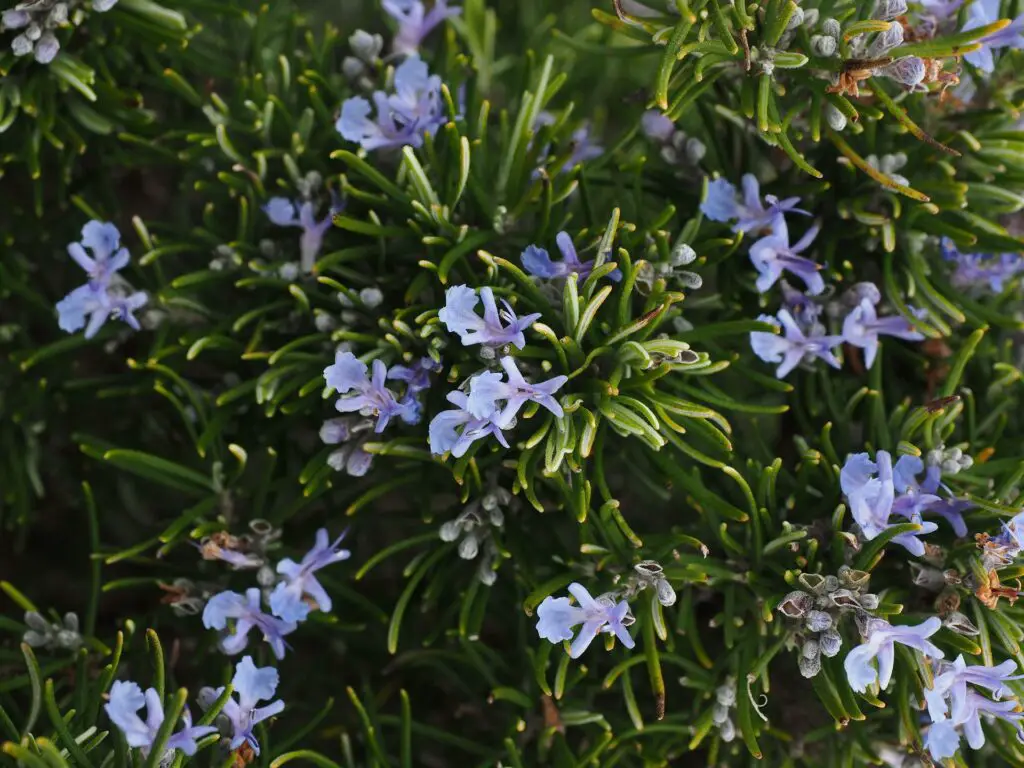
An attractive, tough plant, prostrate rosemary or creeping rosemary, has many great qualities. Its lengthy, twisting, curling branches are an intriguing addition to the soft elements of the landscape. And its pretty blue flowers bloom practically endlessly.
Furthermore, it is an excellent plant to grow on sloped yards because it can handle the incline with absolutely no problem when established.
Rosemary is drought tolerant and does not require regular watering to thrive. The leaves attract beneficial insects that feed on aphids and other pests, thus cutting down on the need for pesticides.
Groundcovers appropriate for shaded areas in sloped yards are:
Kinnikinnik (Arctostaphylos uva-ursi)
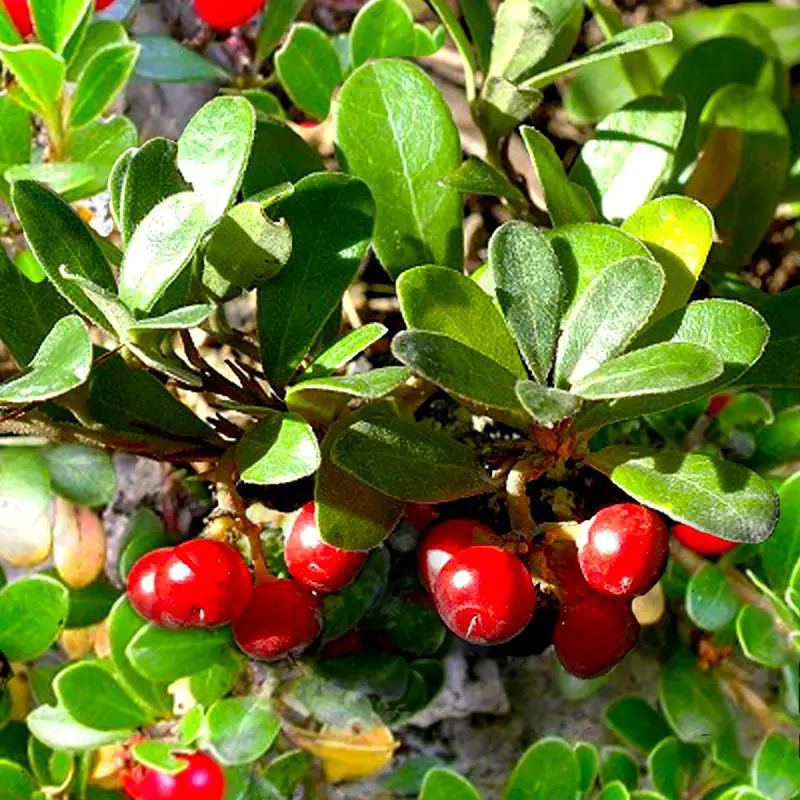
Kinnikinnik or bearberry is one of the greatest plants for sloped yards due to its ability to control erosion. It provides excellent drought tolerance and the same color benefits as other shade-loving groundcovers.
Plant kinnikinnick in areas where full sun is not present. With their lush, dark green leaves and red fruits, kinnikinnick provides impressive color to bare spots in your landscape’s sloped areas.
Carpet bugle (Ajuga reptans)
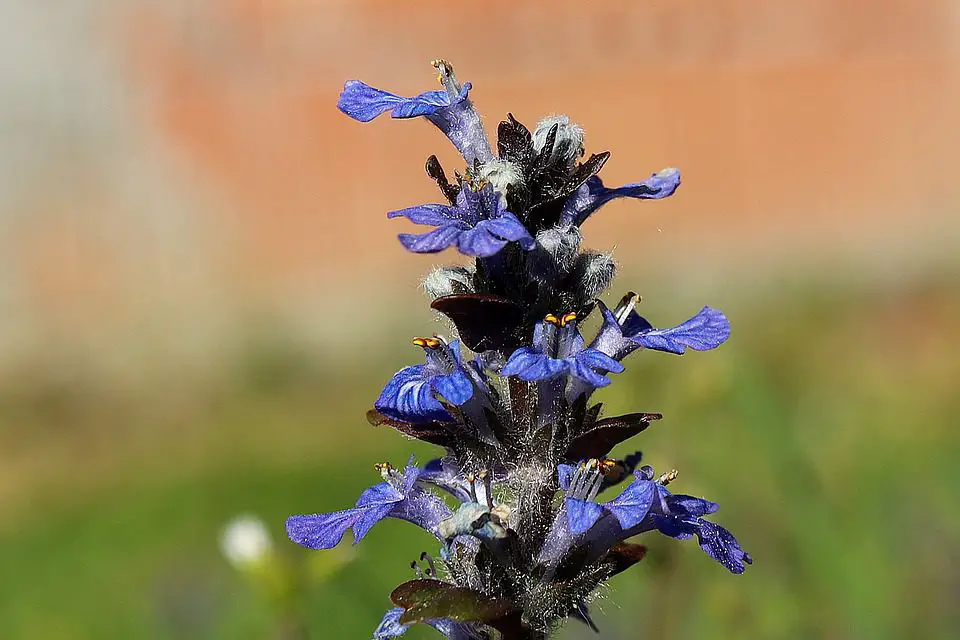
If you are looking for an attractive and low-maintenance plant to put in your sloped space, carpet bugle is an excellent choice. With its delicate, deep bluish-violet flower stalks that can grow up to five inches high, carpets bugles have many different leaf colors, shapes, and sizes.
The carpet bugle is also hardy, which means it can grow in many different climates. The only place it will not be able to grow is where the temperatures get too cold or hot.
Vinca Vine (Vinca)
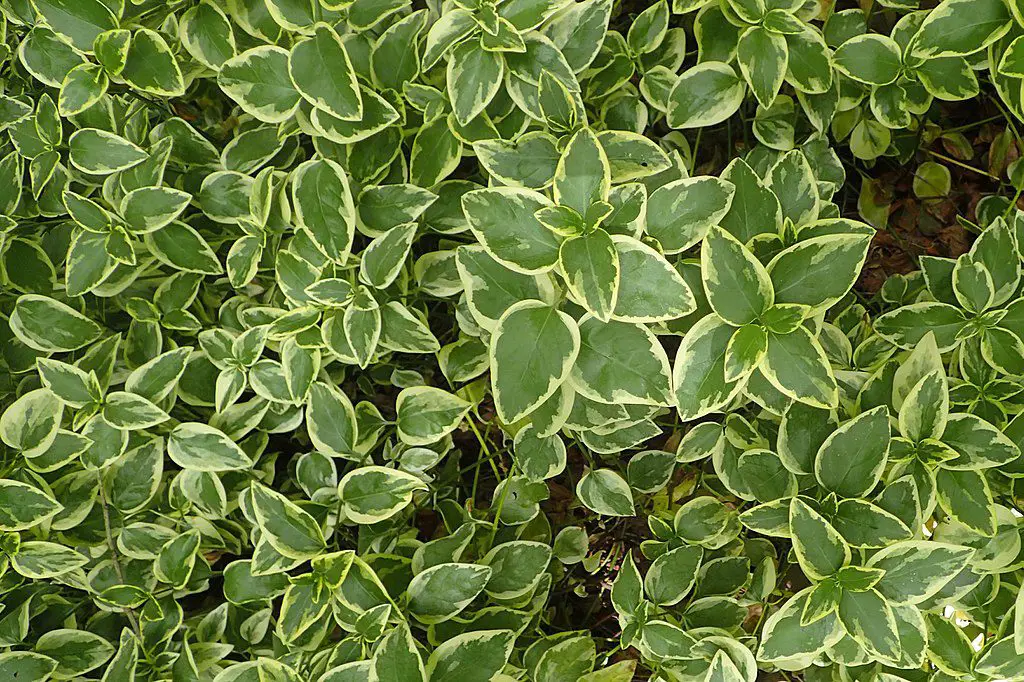
The Vinca Vine is well-suited to sloping areas in the yard. It is a flowering groundcover and will grow in full sun to partial shade.
One especially good-looking variety is the variegated version of Vinca major, which is aptly named Vinca major Variegata. Its foliage is not the usual single-colored leaves you see every day—instead, you’re looking at a pretty shade of green with a creamy white outline.
Vinca vine has an excellent drought tolerance but will grow faster with water, making it perfect for sloped yards. Vinca Vine produces blue flowers from spring until the first frost.
Wild ginger (Asarum canadense)
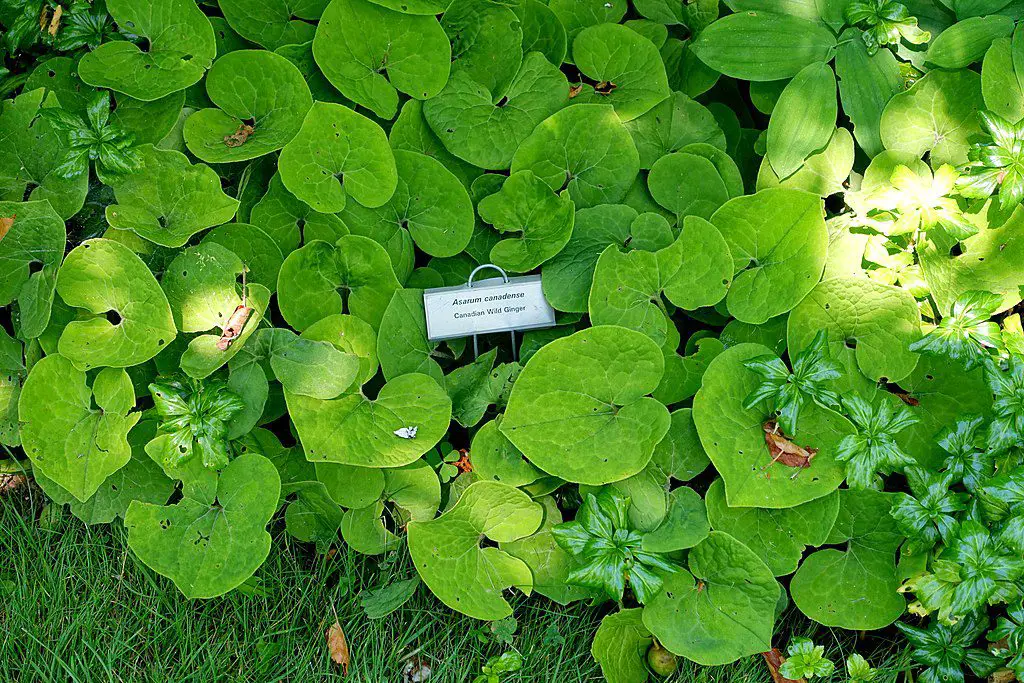
Another plant known for its ability to grow on hillsides is wild ginger. This wild ginger grows as a ground cover, not to be confused with ginger, as in the spicy root.
It is an excellent plant to put on a sloped yard’s shady areas because it will fill in any bald spots and give you more of an even ground cover that can resist erosion and wet soil. The leaves are smooth and glossy, and they will take over your space nicely.
Hermann’s Pride Deadnettle (Lamium galeobdolong’ Hermann’s Pride’)
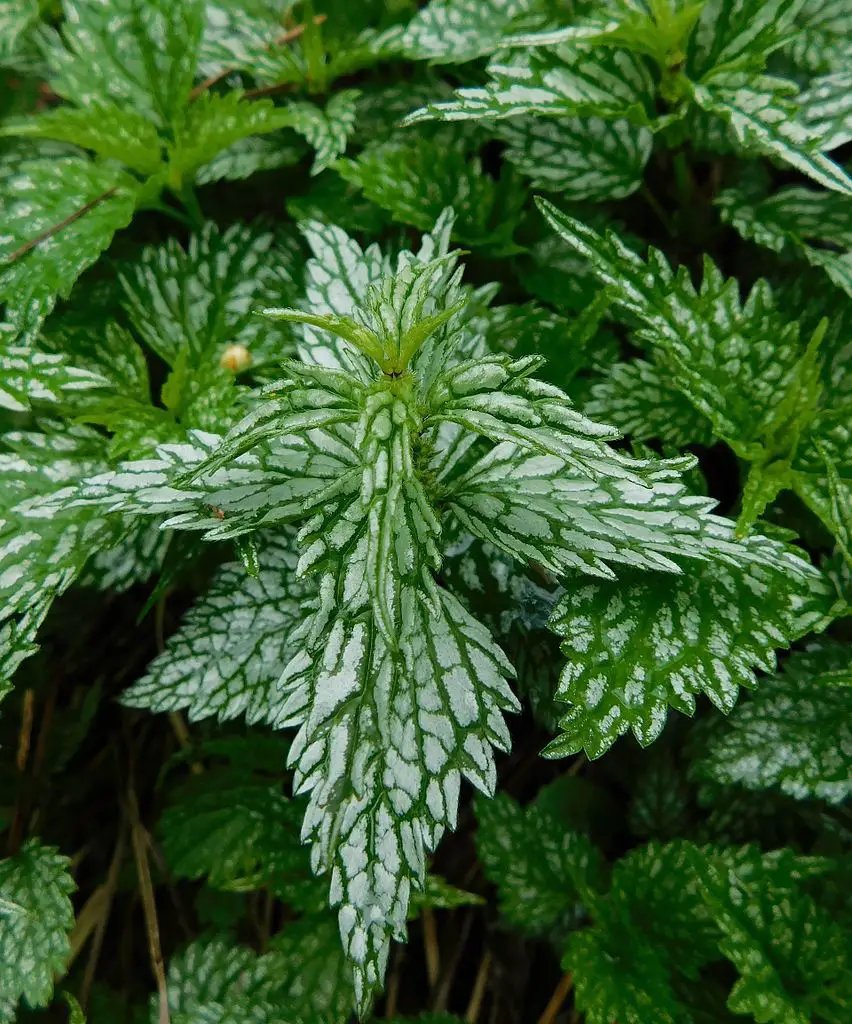
A few benefits to this plant for your sloped backyard are that it provides sharp contrasts of green and gold, can handle partial shade and is low maintenance. You’ll enjoy the lovely silver shade that looks striking against the green veins on its foliage.
There are several varieties to choose from—all have beautiful colors in their flower heads.
Ornamental Grasses for Sloped Areas
Creative people view ornamental grasses as significant features in sloped areas. Why? Because grassy ornamental plants that would do well on slopes and banks are impactful when it comes to adding interesting texture and captivating color to the landscape. A few examples are:
Beard Grass or Little Bluestem (Schizachyrium scoparium)
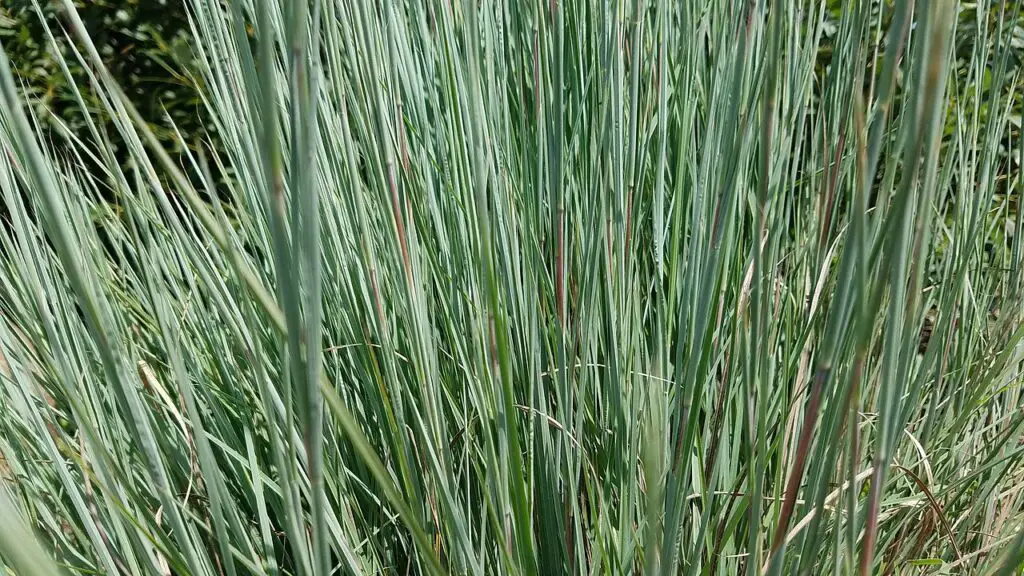
One of the best ground covers for slopes on your yard is Little Bluestem. This colorful plant will grow well in many locations, even in harsh conditions and poor soil. Although it may not be an excellent choice for wetter climates, it can handle dry areas beautifully!
But what else can you expect from this resilient plant? For one thing, Little Bluestem’s form makes it a superb choice for those looking to maintain their privacy without sacrificing space.
Pink Muhly Grass (Muhlenbergia capillaris)
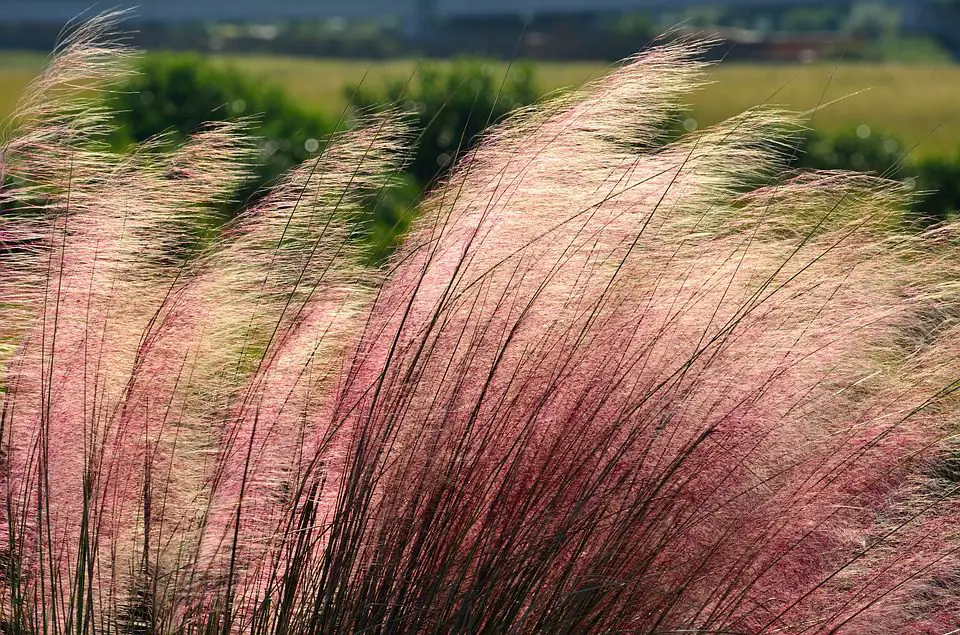
Pink Muhly Grass is a versatile, hazy-looking plant that can grow in a well-sunlit, well-draining sloped yard. It will also tolerate hot weather, drought, humidity, salty and poor soil.
There are a few other advantages of the grass: it has a beautiful and unusual color (which is why it’s the only grass that’s pink), and if you need to trim the plants; there will be another one showing up after it in just a couple of weeks.
Fountain Grass (Pennisetum)
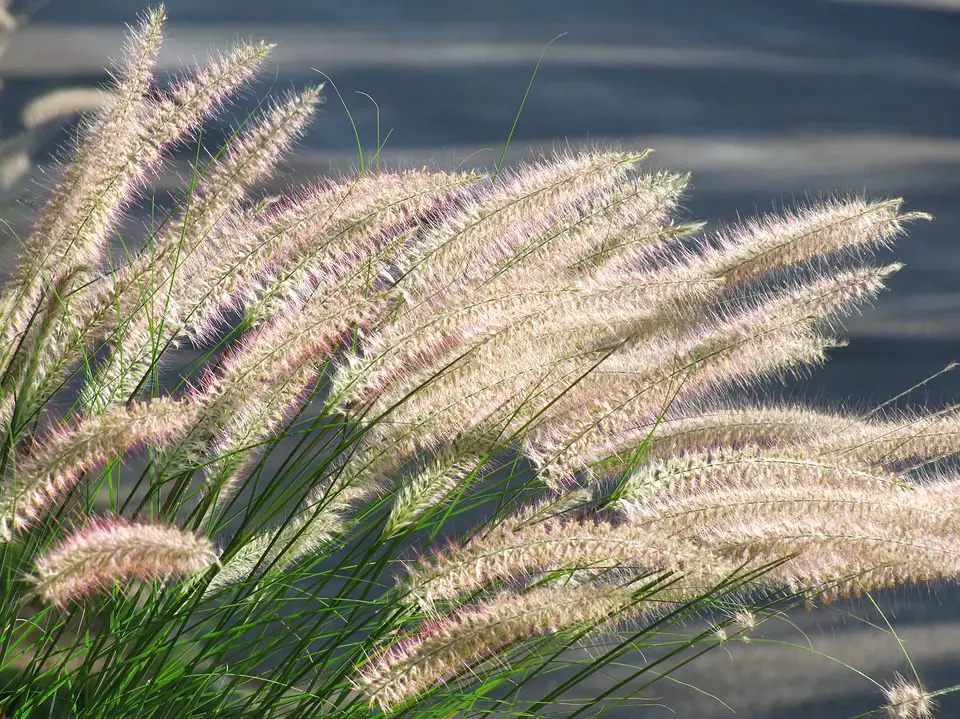
If you’re looking for a low-maintenance option for your sloped yard with lush green grass, you’ll love Fountain Grass. Pennisetum’s leaves are delicately textured, and the silhouette is attractive. The motion of the foliage and flower spikes in the wind introduces a dynamic appeal to the landscape.
This perennial native grass is easy to grow in any sloped land area and provides a natural beauty without much work.
Sedge (Cyperaceae family)
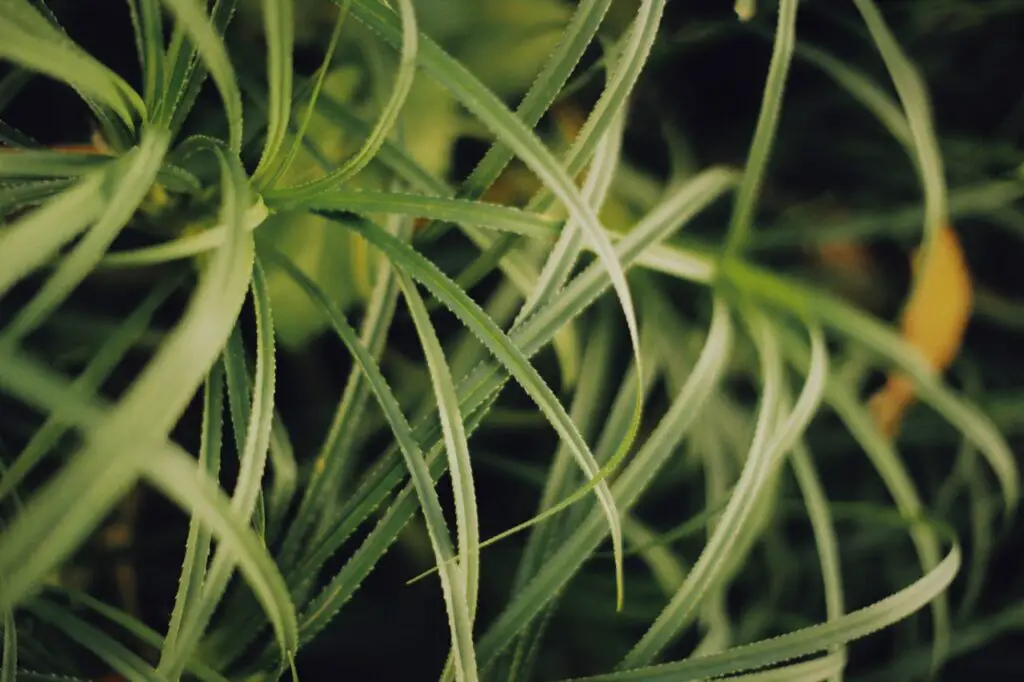
Plant sedge on a steeply sloped yard if you want something adaptable and can grow in very poor soil conditions.
It also has a fairly small growth habit, so it does not take up too much space while being an attractive ground cover. Sedge will grow well mixed with other plants such as hosta or astilbe, which add color to the landscape without being overpowering.
Flowers for Sloped Land
The stunning view of a flower-filled sloped yard is always welcoming. Fill the yard with wildflowers or pick several attractive perennials suitable for your location, including:
Coreopsis’ Candy Stripes’
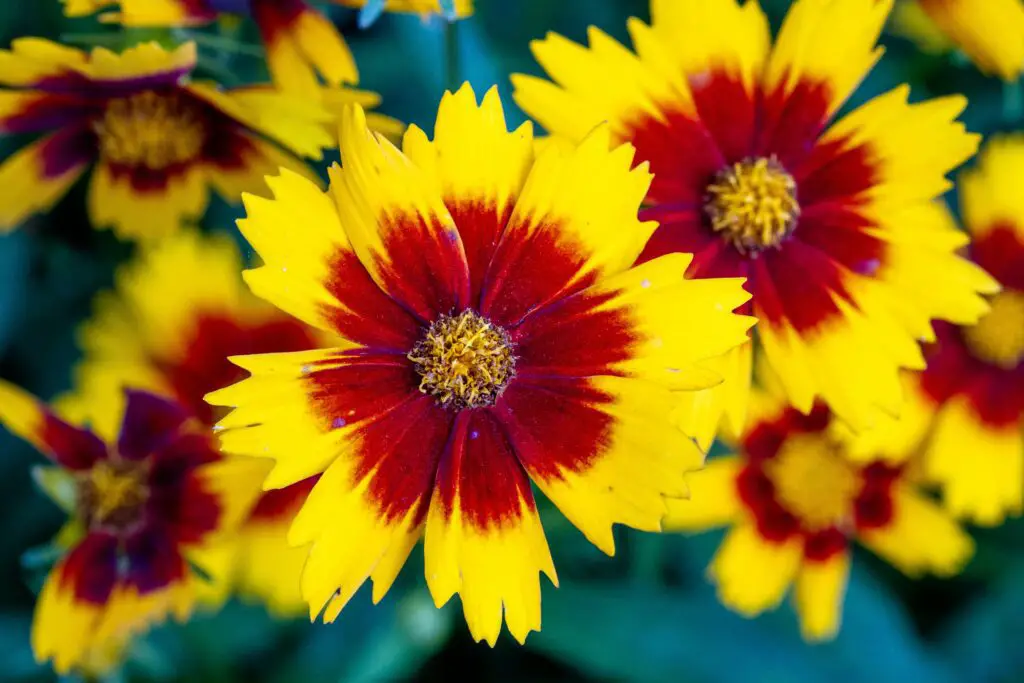
We all know that all Coreopsis varieties can live well on slopes, but Coreopsis’ Candy Stripes’ is an amusing plant for your yard. This vibrantly colored plant has a long blooming time and will do well in areas with poor soil and low light conditions.
Coreopsis requires very little maintenance and will easily tolerate periods of drought. This variety has a very dark purple-burgundy color on each petal that contrasts nicely with the bright white on the border and the yellow disk center.
Daffodils (Narcissus)
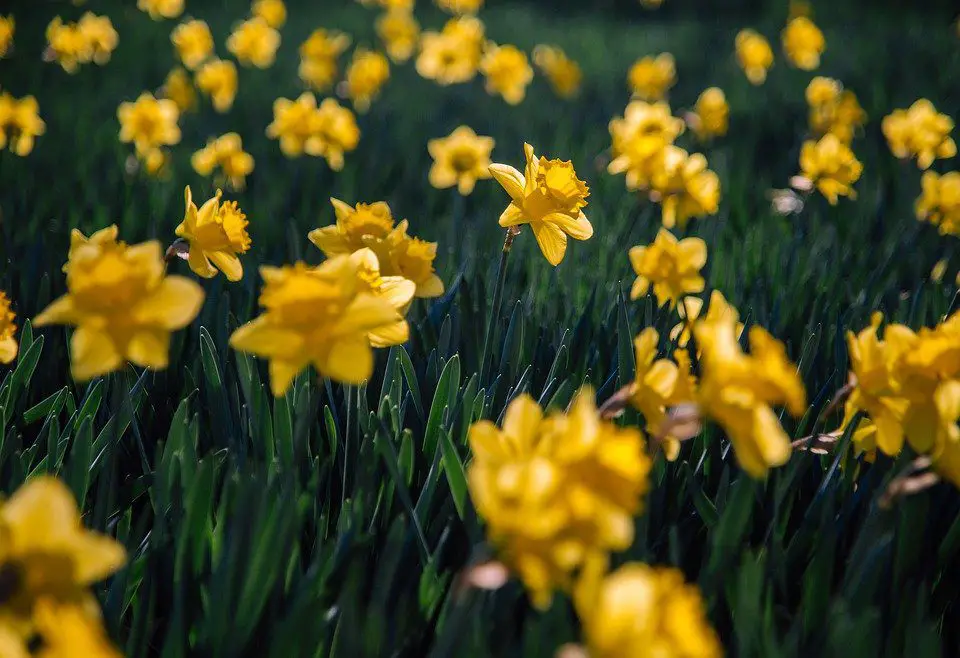
Daffodils appear lovely when planted on a slope. These flowering plants are popular because they grow well in sloped yards and make the planting spot look nice with vibrant flowers for a long time (spring to fall).
Hellebores (Helleborus)
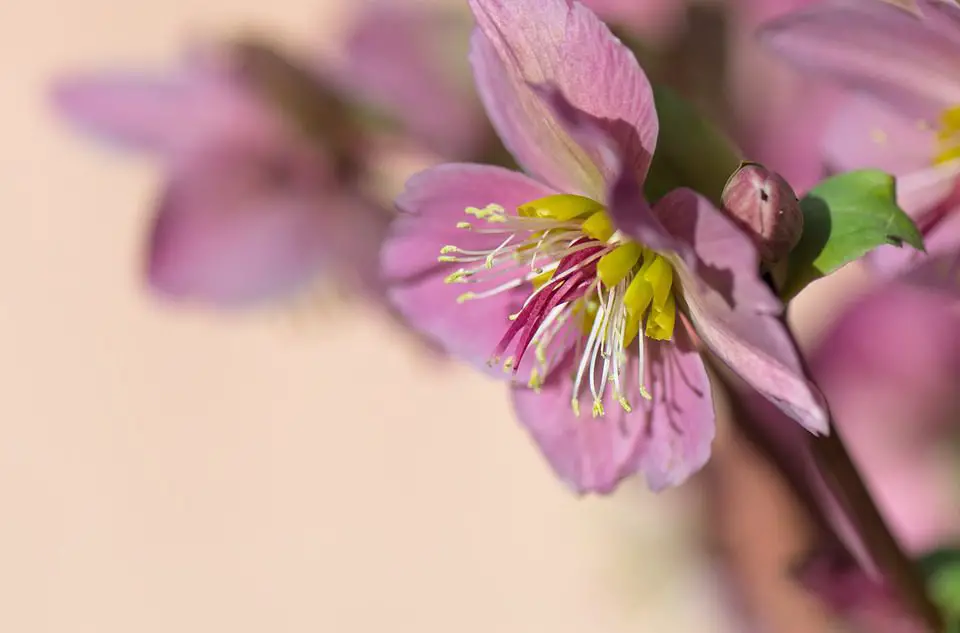
If you have a sloped yard, don’t worry. You can still nicely decorate it with hellebores!
Hellebores are a flower that is easy to grow as long as you place them in well-drained, rich soil and don’t expose it to too much sunlight. The lovely, deep green foliage and the interesting, spotted blooms will add color to any sloped area.
Purple Coneflower (Echinacea purpurea)
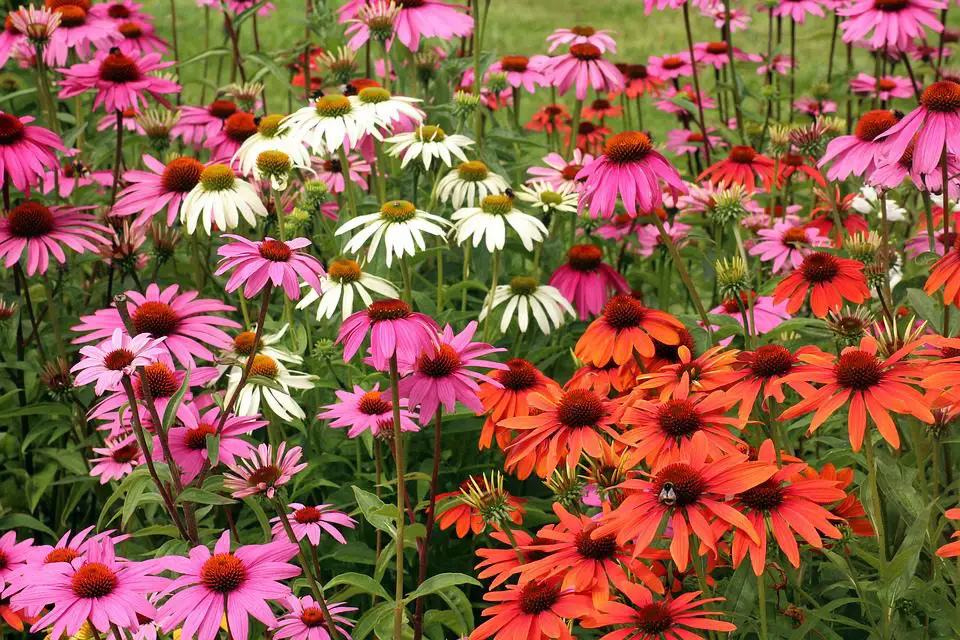
Coneflowers are ideal for slopes, especially steep ones. The showy purple coneflower blooms in the summer, filling the sloped area in the yard with vibrant purple color. This plant is hardy in zones 5-8 and is excellent for sunny locations.
Butterfly Weed (Asclepias tuberosa)
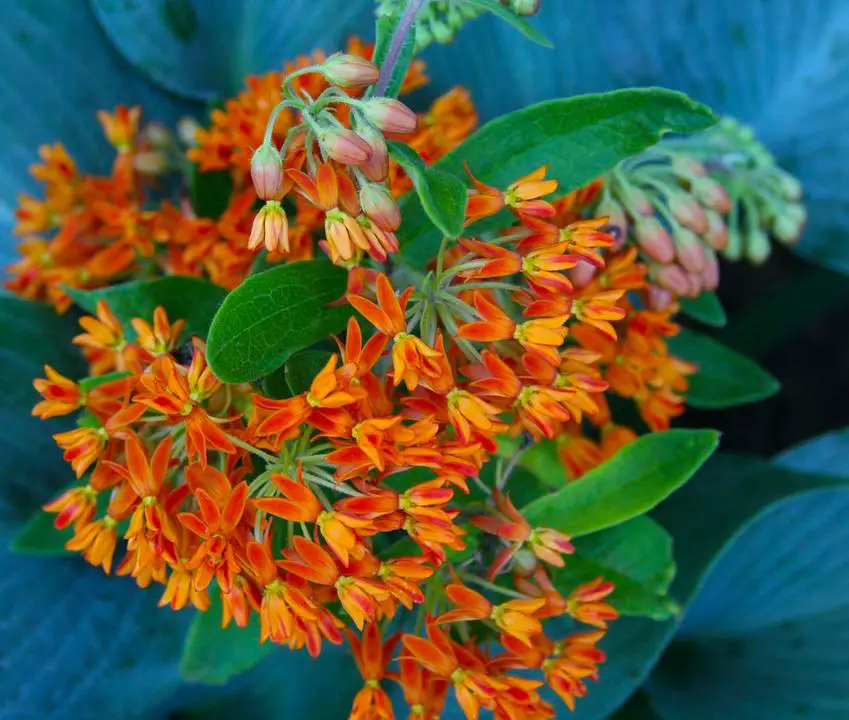
Butterfly weed has quite a tall form and elegant shape, beautiful, brilliant orange color, and it’s very easy to grow.
Butterfly weeds are helpful for landscaping on sloped yards with lots of sun exposure. They add beauty to any sloping area, maintain soil moisture levels in dry spots in the yard, and attract butterflies.
Dandelion (Taraxacum officin)
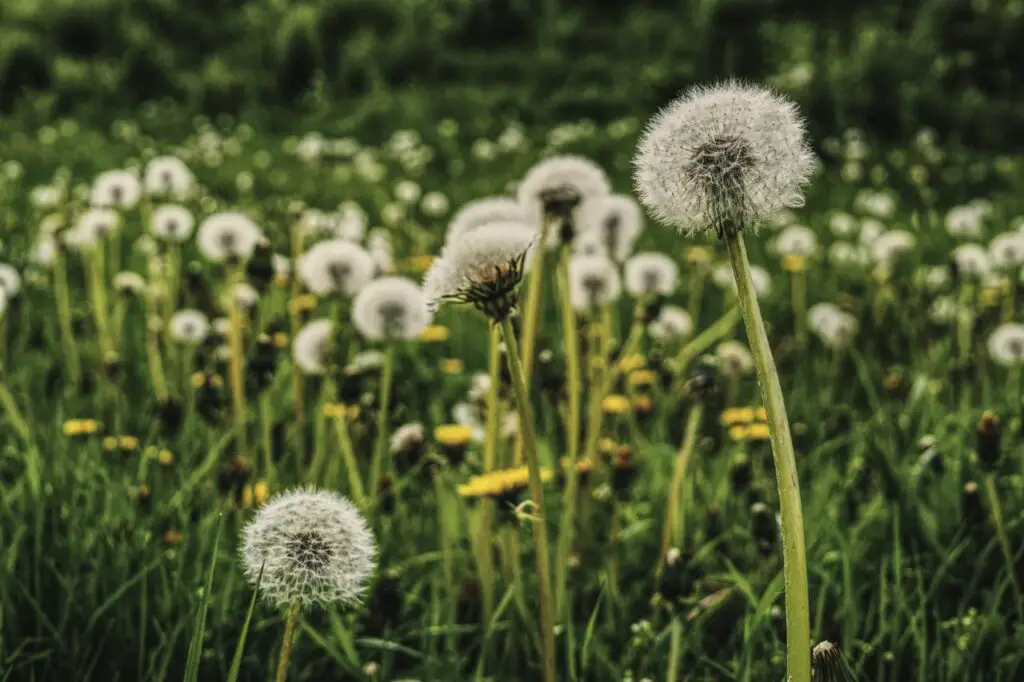
Native flowering plants are almost typically a good pick for planting on slopes. A space filled with stunning dandelions adds year-round appeal to a hillside while requiring little to no upkeep. It helps that the taproot of the dandelion plant is quite deep, meaning it’s good for the soil.
Mexican Sage (Salvia leucantha)
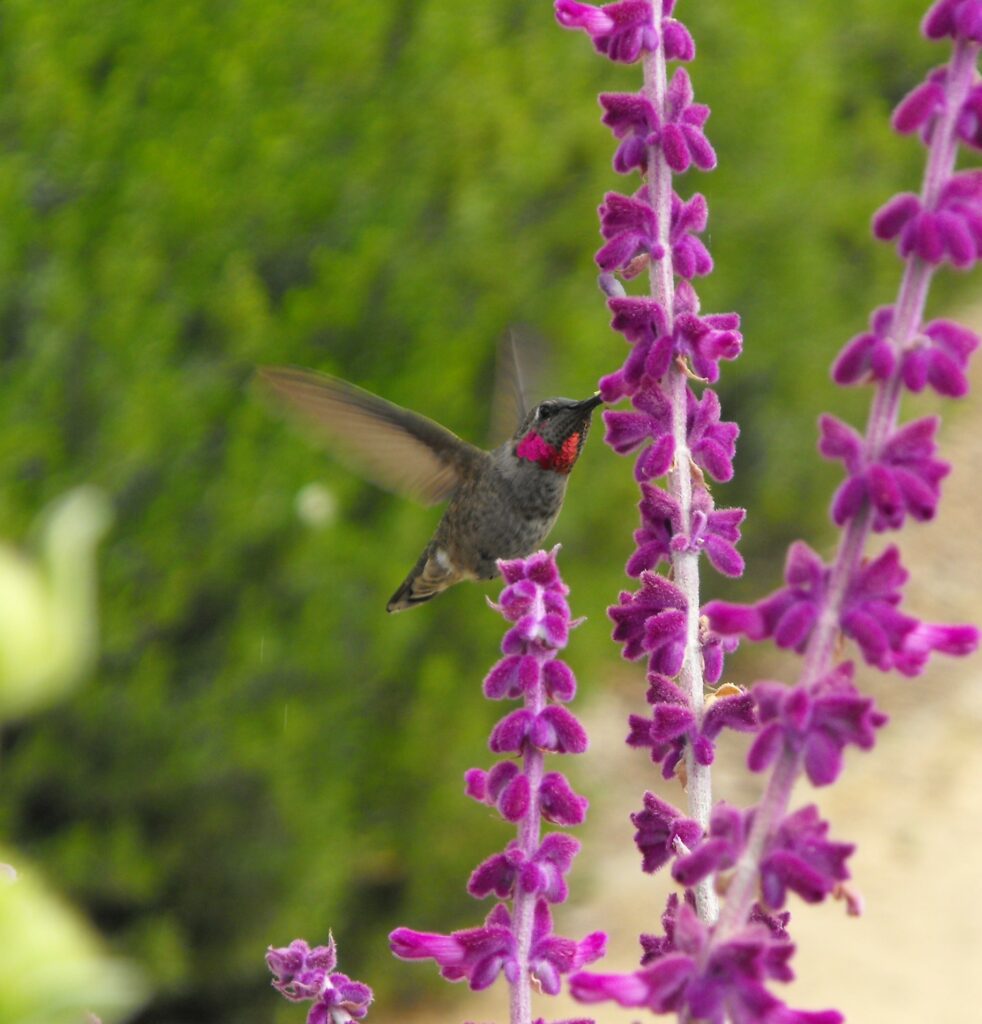
Mexican Sage is a plant that can help prevent erosion in the sloped garden or yard and is commonly used in southern California. When you see it in your sloped yard, you will always be impressed by the smooth-textured, violet spikes of flowers that contribute significantly to its attractiveness.
Its soft, flowy growth pattern and pale green leaves also look amazing and complement the flower colors so well. But most of all, you will love its drought tolerance and resistance to pests.
Aster
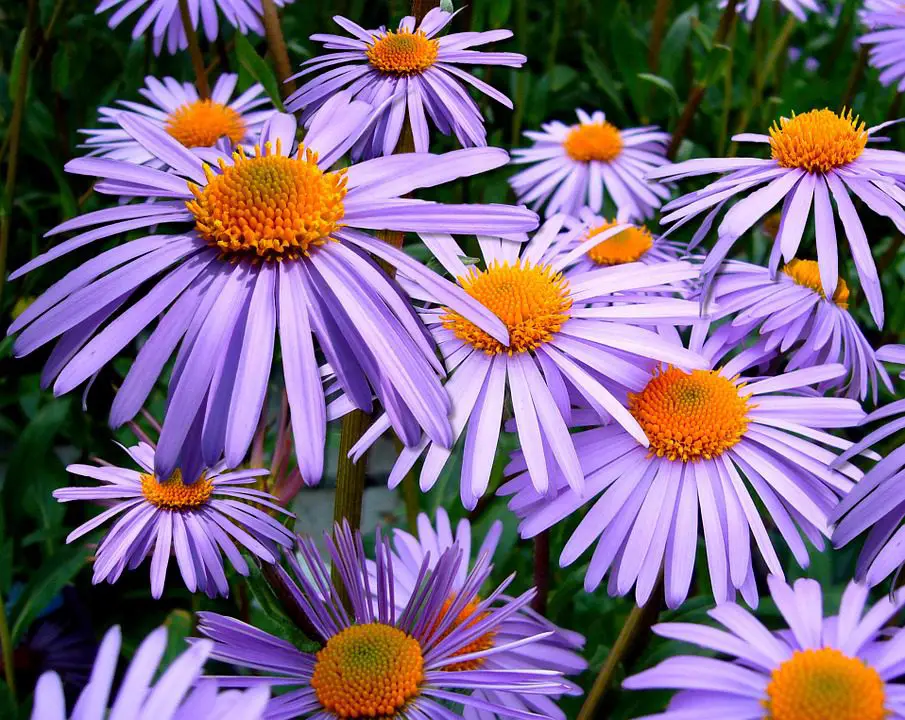
When planting for sloped yards, we recommend Aster, as it’s one of the select plants well-suited for growing on slopes. Aster is a plant commendable for slope planting due to its excellent erosion control qualities.
These blooms resemble daisies, and they appear from late summer through early autumn—they will add life to your sloped yard with their richly colored, starry (hence the name) flowers. However, one thing they need is an open area to avoid too much exposure to damp conditions, which cause powdery mildew.
REFERENCES
csef.usc.edu/History/2006/Projects/J0614.pdf
https://depts.washington.edu/propplnt/Plants/Symphoricarpos_albus.htm
https://aces.nmsu.edu/pubs/_h/H165/welcome.html
https://www.reed.edu/biology/Nitrogen/Nfix1(legumes).html
https://plants.ces.ncsu.edu/plants/deutzia/
https://plants.ces.ncsu.edu/plants/hedera-helix/#poison
https://hort.extension.wisc.edu/articles/rosemary-rosemarinus-officinalis/
https://www.bellarmine.edu/faculty/drobinson/BushHoneysuckle.asp
https://www.britannica.com/plant/honeysuckle
https://plants.ces.ncsu.edu/plants/muhlenbergia-capillaris/
https://green2.kingcounty.gov/gonative/Plant.aspx?Act=view&PlantID=43&PhotoID=252
https://plants.ces.ncsu.edu/plants/ajuga-reptans/
www.pnwplants.wsu.edu/PlantDisplay.aspx?PlantID=265
https://www.fs.fed.us/wildflowers/plant-of-the-week/asarum_canadense.shtml
https://plants.ces.ncsu.edu/plants/asarum-canadense/
https://www.nrcs.usda.gov/Internet/FSE_PLANTMATERIALS/publications/ndpmcpg11794.pdf
https://www.britannica.com/plant/cotoneaster
https://hort.extension.wisc.edu/articles/fountain-grass-pennisetum-alopecuroides/
https://www.purdue.edu/hla/sites/yardandgarden/plants-for-steep-slopes/
https://plants.ces.ncsu.edu/plants/coreopsis-major/
https://gardeningsolutions.ifas.ufl.edu/plants/ornamentals/coreopsis.html
https://extension.colostate.edu/topic-areas/yard-garden/hellebores/
https://extension.psu.edu/dandelion-as-a-landscape-weed
https://plants.usda.gov/DocumentLibrary/plantguide/doc/pg_syas3.docx

